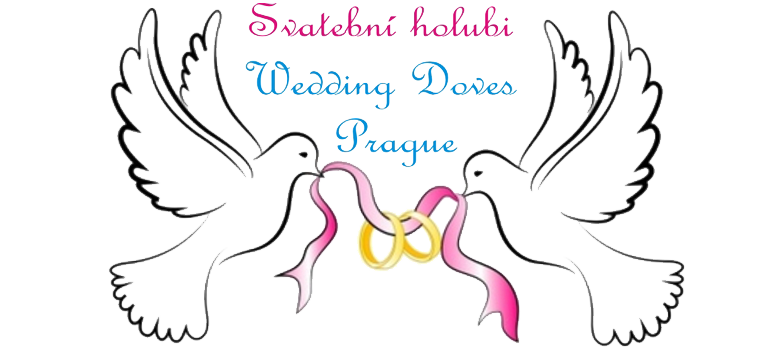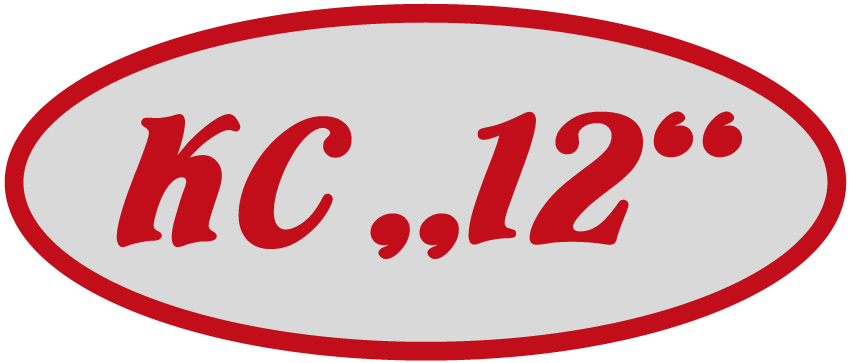Guided tours of the museum
focusing on different age groups and interests of visitors:
The history and evolution of toilets from antiquity to the present
- Cross-section of the history of the advanced ancient civilizations like Egypt, China and India, through the unclean Middle Ages to the emergence of the water closet in England and the current technical achievements of Japan and the space program
- Examples of materials from which chamber pots were made, types of toilets and the artistry of their craftsmanship
- You’ll learn how the saying “Further from the castle further so that we don’t have to scream bloody murder!”, came to be and what privet, bourdaloue and other terms
Extraordinary exhibits and collections of curiosities
- Selection of the most interesting exhibits – a chamber pot made for Napoleon Bonaparte, the White House Lincoln bedroom chamber pot, or a medieval pot excavated in the Netherlands, a chamber pot for the Chinese emperors, one for the White Star Line fleet and the Titanic, a glass set returned from the US to the Czech Republic after 60 years, one pot made from a Wehrmacht helmet, Countess Mathilda Nostitz’s chamber pot, Japanese washiki toilets, French bridal chamber pots, washing sets, ladies’ oval Bourdaloue pots, urination vessels for ladies and gentlemen, Caganers - figurines from Spanish nativity scenes and pots with clockwork music
- Find out what coprolites are, the inspiration for Ötzi, the name of the 3300-year-old mummy found in ice or the role latrines played in enemy troop deployment among many other attractions
Ecology and water conservation
- Introduction to the various types of toilets, their development from ancient cultures with spas and toilets located above flowing water, through the first flushing toilet made for Queen Elizabeth I. and further improvements, to the contemporary type with water-based scent seals
- reflecting on the wasting of precious drinking water to flush toilets and how to save water thanks to modern equipment
- How water is cleaned of biological and chemical agents and the consequences of chemical pollution on the overall ecosystem
The taboo topic of human excrement and the regulations of its handling
- The first efforts to modify human behavior (book of Moses V.)
- Related legislation from ancient Rome to the 19th century
- The risk of infection from fecal bacteria causing devastating epidemics, drinking water
- Influence of faith on the taboo in different religions (Christianity, Islam and Buddhism)
- Current legal status, defining excrement
The contemporary issue of new chemicals becoming part of human excrement
- New substances such as antibiotics, contraceptives, drugs and dietary supplements
- Their way back into drinking water
- Absence of standards and regulations for their detection and regulation
- The same catastrophic visions both in the northern (civilized) hemisphere and the southern one (Ebola)









